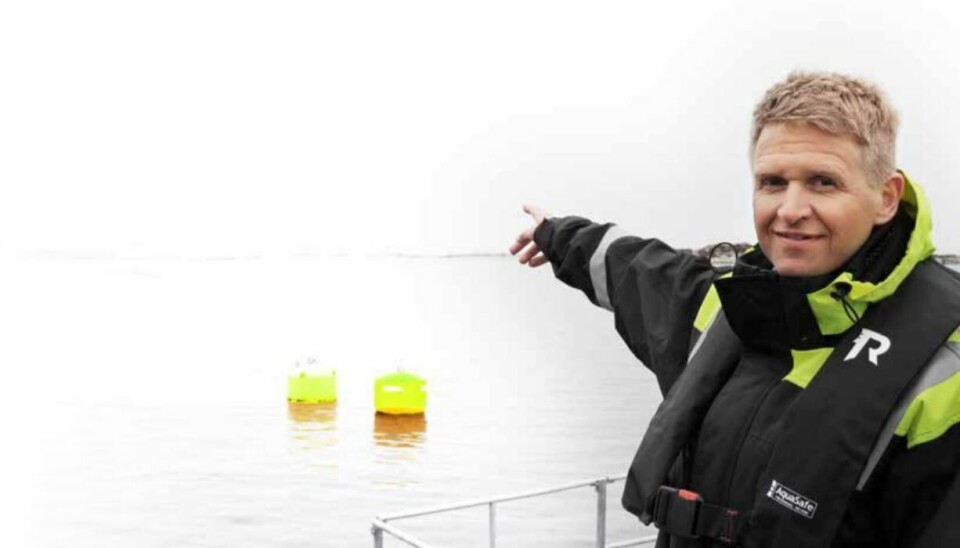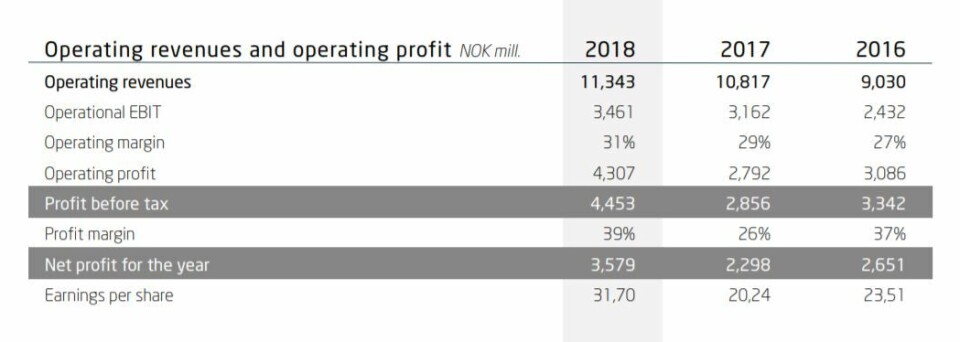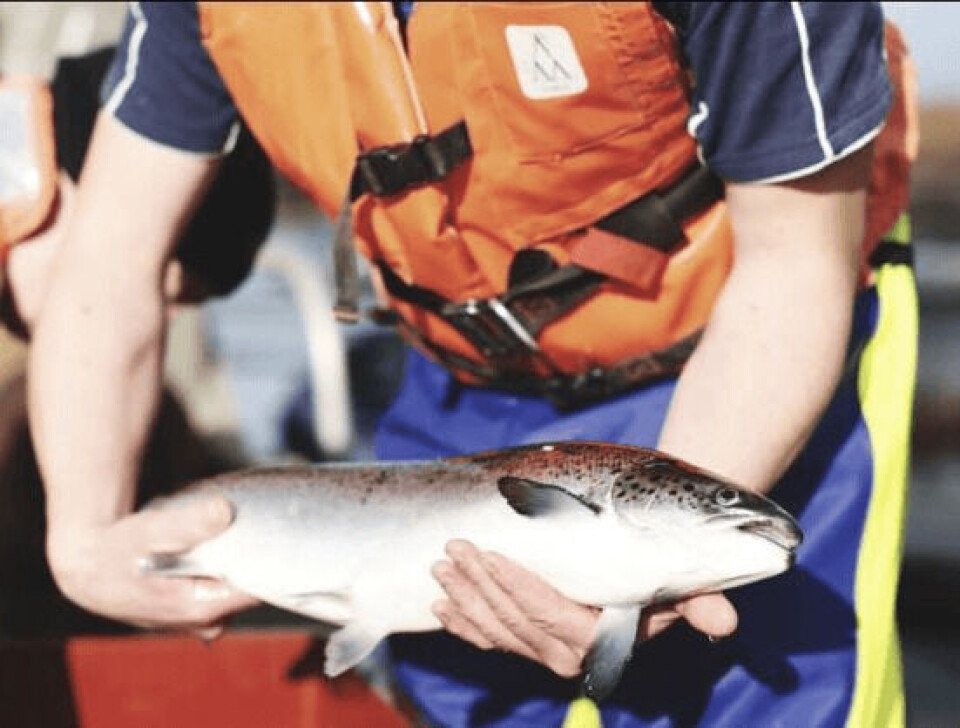
SalMar boss warns of tax threat to Norway’s salmon
The chief executive of salmon farming heavyweight SalMar, which owns a 50% stake in Scottish Sea Farms, has warned that any new taxes on the industry undermine its future success in Norway.
Olav-Andreas Ervik outlined his concerns in SalMar’s 2018 annual report, published today, which also revealed that the company made the highest operational EBIT in its history.
Ervik wrote: “For Norwegian fish farmers, it is worrying that the introduction of new taxes and levies – including a resource rent tax – have become a political issue shortly after the Norwegian parliament (Stortinget) decided to set up the so-called Aquaculture Fund and, at the same time, promised stable and predictable framework conditions for the sector.

Vulnerable to changes
“Despite several years with high salmon prices and favourable foreign exchange rates, Norway’s aquaculture industry has, through its short history, proved to be vulnerable to changes in the economic cycle and subject to fierce competition. The sector must invest heavily to meet the environmental and biological challenges it faces.”
The chief executive pointed out that “vast sums” are being invested in land-based fish farms in other countries, close to important markets for Norwegian salmon.
“Each year, Norway’s aquaculture sector pays billions of NOK in state and local government taxes and levies,” said Ervik.
“The production of salmon forms the core of an important business cluster, employing around 34,000 people – many of them in remote locations along the Norwegian coast that are at risk of population decline.
“By its actions, the government will demonstrate if its ambition to make Norway the world’s leading seafood nation is seriously meant. New taxes and levies will help to weaken the Norwegian aquaculture sector’s competitiveness and willingness to invest, allowing competitors in other countries to gain ground. The Norwegian authorities must as soon as possible, therefore, eliminate the uncertainty that has been created with regard to important framework conditions for the sector’s development in Norway.”
5% harvest increase
Ervik also reported that SalMar harvested 142,500 gutted weight tonnes of salmon in Norway in 2018, an increase of 5% on 2017. That figure increases to 58,900 gwt a further 13,700 gwt from Scottish Sea Farms and 2,400 gwt from Icelandic associate Arnarlax is taken into account. SalMar has since taken a controlling interest in Arnarlax, making it a subsidiary company.
Growth came in the Fish Farming Central Norway segment, and was due to strong improved biological performance and contributions from its pioneering offshore cage, Ocean Farm 1. Production costs per kilogram were reduced for the second year in a row.
Operational EBIT was NOK 3,461 million (2017: NOK 3,162m) and net profit for the year was NOK 3,579m (NOK 2,298m).

Scottish Sea Farms
SalMar said 2018 was a good year for Norskott Havbruk, which wholly owns Scottish Sea Farms (SSF) on behalf of SalMar and another major Norwegian salmon farmer, Lerøy.
SSF generated gross operating revenues of NOK 2,057 million in 2018, compared with NOK 2,088m in 2017. Biological challenges at the end of 2017, as well as changes in the company’s operating structure, resulted in the volume harvested decreasing from 31,000 gwt in 2017 to 27,500 gwt in 2018. However, sound underlying operations ensured high weight at harvest, good price achievement and a reduction in costs, meaning the company made an operational EBIT of NOK 661m in 2018, only slightly below the NOK 669m achieved in 2017.
SalMar’s share of the company’s profit after tax came to NOK 265m in 2018, compared with NOK 272.8m in 2017.























































